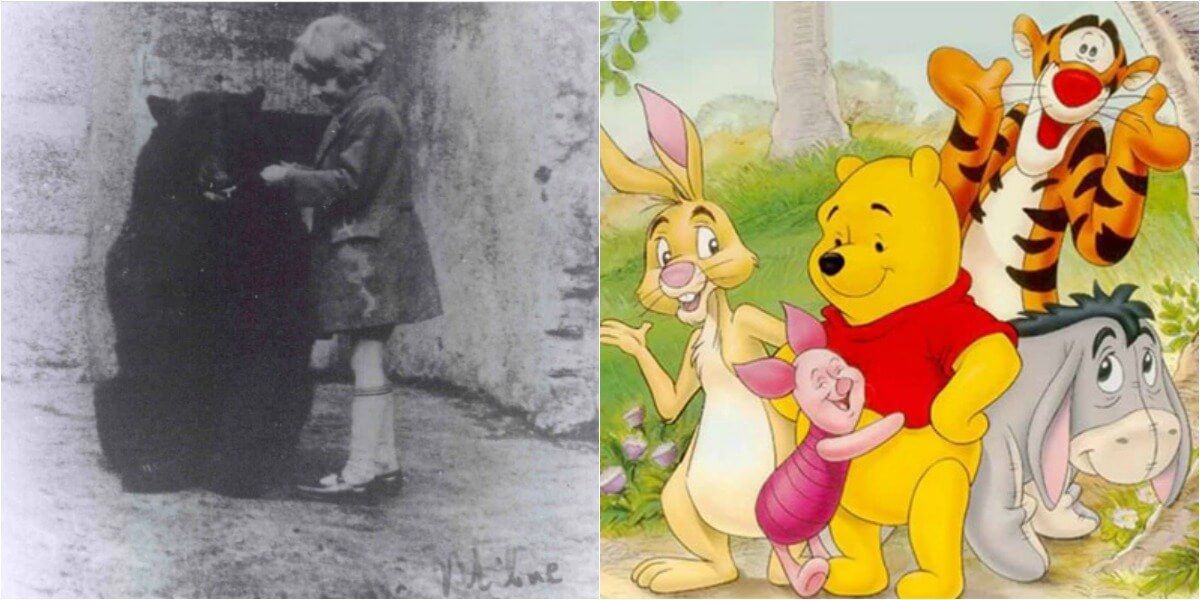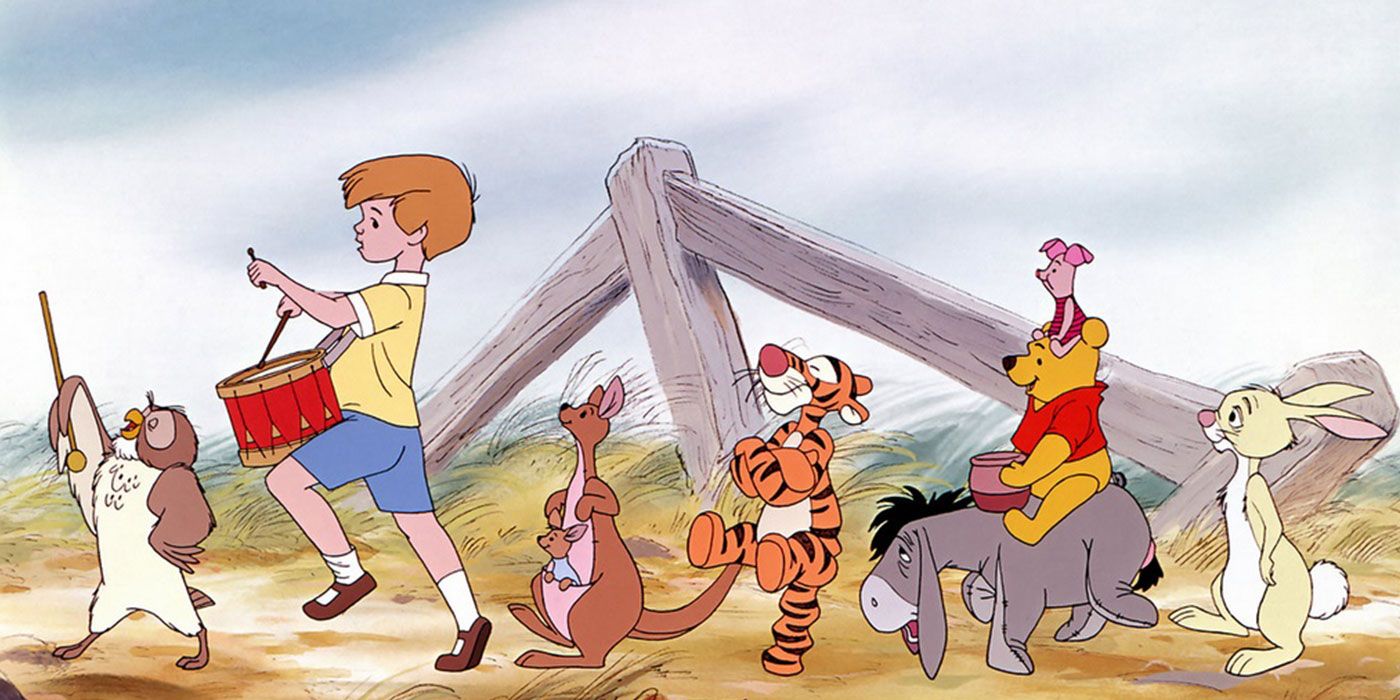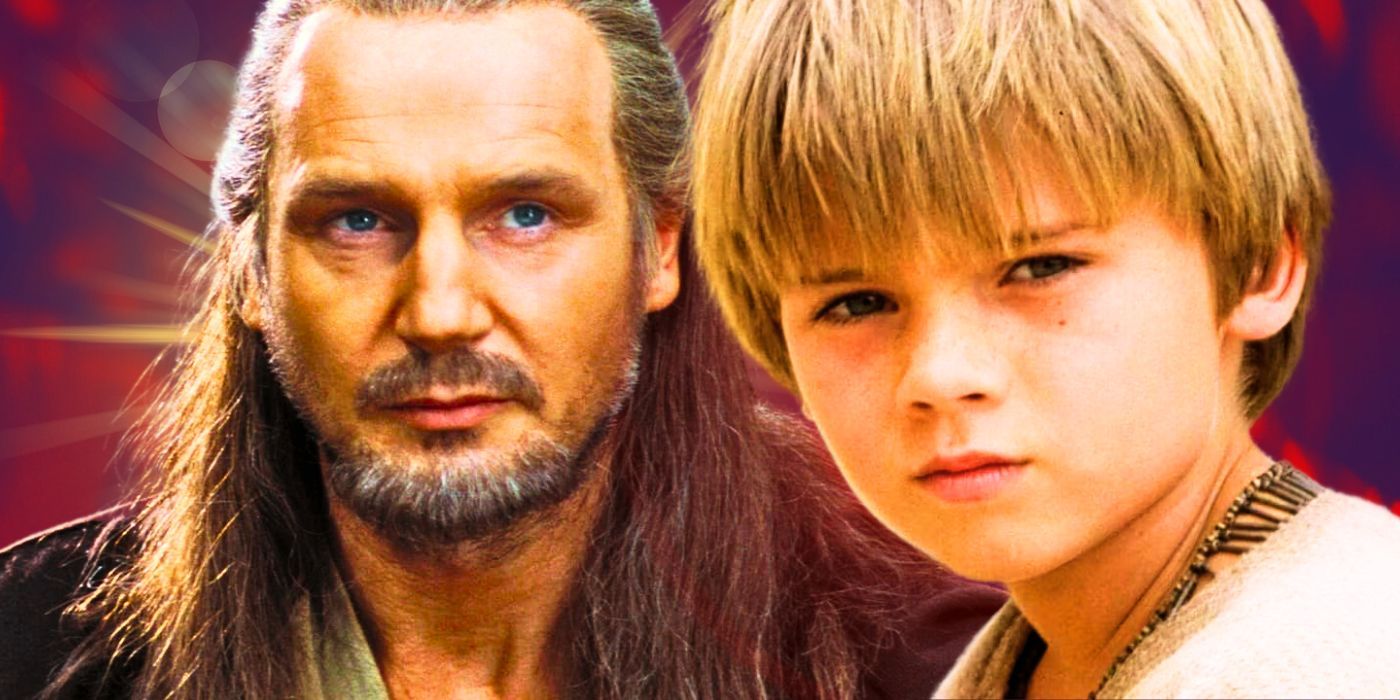Winnie the Pooh is one of the most recognizable bears in pop culture, and his name has an origin story based in real life. The honey-loving Bear of Very Little Brain was created by author A.A. Milne, who was inspired by his son Christopher Robin’s stuffed bear. Winnie the Pooh made his first appearance in Milne’s 1924 poetry book When We Were Very Young, but it was in the titular Winnie-the-Pooh book released in 1926, that the bear achieved worldwide popularity.
The silly bear character appeared in three more books written by A.A. Milne before being brought over to Walt Disney Studios in the 1960s and starring in his own movies. Pooh Bear has since been regarded as one of Disney’s most popular characters and received a star on the Hollywood Walk of Fame in 2006. Winnie the Pooh’s success would not have been possible, however, had it not been for one real-life animal.
The Real Winnie Was Brought To London Zoo During the War

The real bear who inspired the name Winnie-the-Pooh was an American female black bear discovered in White River, Ontario during World War I. As explained by Val Shushkewich’s book The Real Winnie, A One-Of-A-Kind Bear, a soldier and veterinarian named Lt. Harry Colebourn bought the bear for $20 (equivalent to $472 in today’s money) from a hunter and took her with him to England, where he was stationed as part of the Fort Garry Horse military regiment. Colebourn named the bear Winnipeg, after his hometown of Winnipeg, Canada; nicknamed “Winnie” for short, she quickly became the unofficial mascot for the regiment.
When Colebourn was deployed to France during the war, he knew Winnie wouldn’t be safe on the front line, so he brought her to the London Zoo where she quickly became popular with visitors and children. Colebourn originally planned to take Winnie back to Winnipeg after the war, but he chose to let her stay in London, after seeing she was happy there, according to the zoo’s website. Winnie the Bear lived the rest of her life in London Zoo until she died in 1934 at the age of 20.
Winnie Inspired The Name of Winnie-the-Pooh

One child who admired Winnie the Bear was Christopher Robin Milne, the son of author A.A. Milne. According to History, Christopher Robin adored Winnie so much that he renamed his stuffed teddy bear, Winnie-the-Pooh; a combination of the names “Winnie” for the bear and “Pooh” for a swan he admired. From there, A.A. Milne began to write stories revolving around Winnie the Pooh and his adventures in the Hundred Acre Wood.
The stories of Winnie the Pooh soon became very successful and millions of copies were sold worldwide. In 1966, Walt Disney Productions released the bear’s first short film Winnie the Pooh and the Honey Tree; since then, Winnie-the-Pooh has become one of the most popular Disney characters of all time, appearing in many animated and live-action films, cartoons, and video games. Winnie the Bear also received her own movie, the 2004 TV film, A Bear Named Winnie, starring Michael Fassbender as Lt. Harry Colbourn, which allows audiences a chance to watch the story of the bear who inspired the iconic name of Winnie the Pooh.
Sources: History, London Zoo





